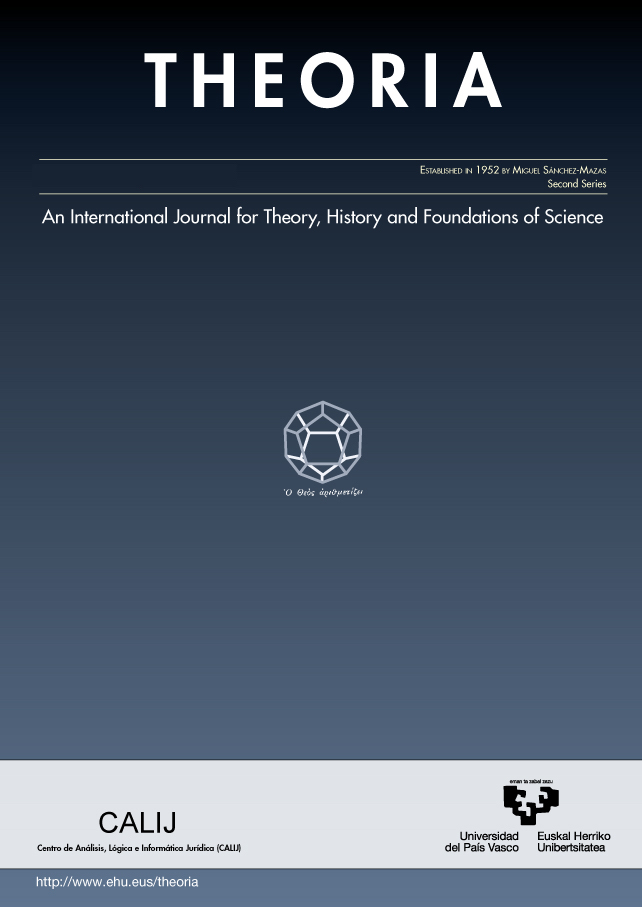Kant, the transcendental designation of I, and the direct reference theory
##plugins.themes.bootstrap3.article.main##
##plugins.themes.bootstrap3.article.sidebar##
Published
11-04-2019
Luca Forgione
Abstract
The aim of this paper is to address the semantic issue of the nature of the representation I and of the transcendental designation, i.e., the self-referential apparatus involved in transcendental apperception. The I think, the bare or empty representation I, is the representational vehicle of the concept of transcendental subject; as such, it is a simple representation. The awareness of oneself as thinking is only expressed by the I: the intellectual representation which performs a referential function of the spontaneity of a thinking subject. To begin with, what exactly does Kant mean when he states that I is a simple and empty representation? Secondly, can the features of the representation I and the correlative transcendental designation explain the indexical nature of the I? Thirdly, do the Kantian considerations on indexicality anticipate any of the semantic elements or, if nothing else, the spirit of the direct reference theory?
How to Cite
Forgione, L. (2019). Kant, the transcendental designation of I, and the direct reference theory. THEORIA. An International Journal for Theory, History and Foundations of Science, 34(1), 31–49. https://doi.org/10.1387/theoria.19324
##plugins.themes.bootstrap3.article.details##
Keywords
Kant, transcendental designation, I think, transcendental apperception, indexicality, direct reference theory.
Issue
Section
ARTICLES
Authors retain copyright and grant the journal right of first publication with the work simultaneously licensed under a Creative Commons License.

